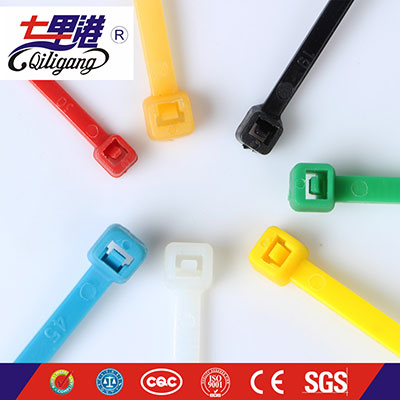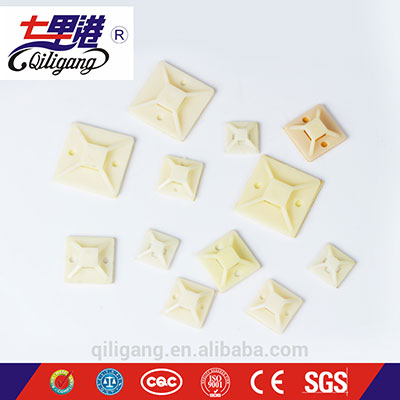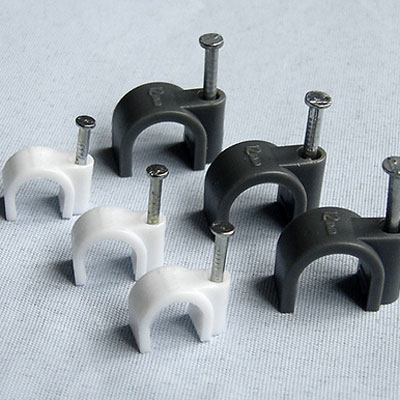Introduction of copper terminal classification and production process
Datetime: 6/21/2019 3:02:00 PM Visit: 1529
The copper terminal is a piece of metal sealed inside the insulating plastic. One end or both ends have holes for inserting the wires, and some are used for fastening or loosening by screws, such as two wires, sometimes need to be connected, and sometimes need to be disconnected. At this point, you can connect them with the terminals and disconnect them at any time without having to solder them or entangle them, which is convenient and quick.
The appearance of the copper terminal block is the round head of the spatula. The top side is fixed with the upper screw side, and the end is the upper and the stripped copper wire core of the wire and cable. The varieties are divided into oil blocking type and pipe pressing type. The oil blocking type is better. In order to resist air oxidation, the copper terminal is usually plated with a plating layer, generally aluminum plating, nickel plating, copper plating, nickel plating copper alloy, etc., to prevent oxidation and blackening.
The copper terminal product material is copper, which has low yield strength, good plasticity, and the parts are axisymmetric, suitable for cold extrusion. Cold extrusion of pipe fittings is divided into two types: cold extrusion with core rod and cold extrusion with coreless rod. The mandrel bar can define the inner diameter of the formed pipe, and the mold structure is complicated, and is mainly used for the workpiece which requires the wall thickness of the pipe to be constant or thinned; the coreless bar has not only axial elongation but also thickened wall thickness during the forming process. It is suitable for the production of pipe fittings with inner diameter and wall thickness without strict requirements. The coreless cold extrusion die has no core shaft, has a simple structure, is easy to manufacture, is easy to operate, has high production efficiency, and can obtain a large reduction ratio of the section at one extrusion, and minimizes the number of deformations. In view of the fact that the inner wall thickness of the part is not strictly required, the project finally chooses the coreless cold extrusion process.
Related Message
,- 2019-10-21
-
cable tie supplier introduction
2019-10-18 - 2019-10-15
-
Releasable Cable Ties Manufacturer
2019-10-12 -
Double Locking Cable Ties Vendor
2019-10-10






